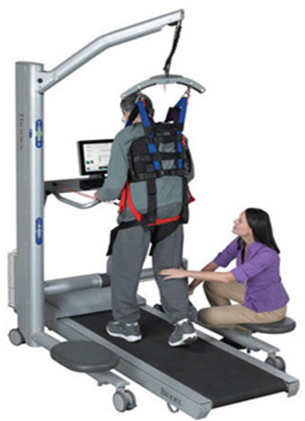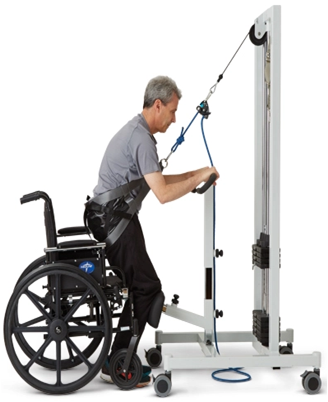M.S. Neuro Rehabilitation Center

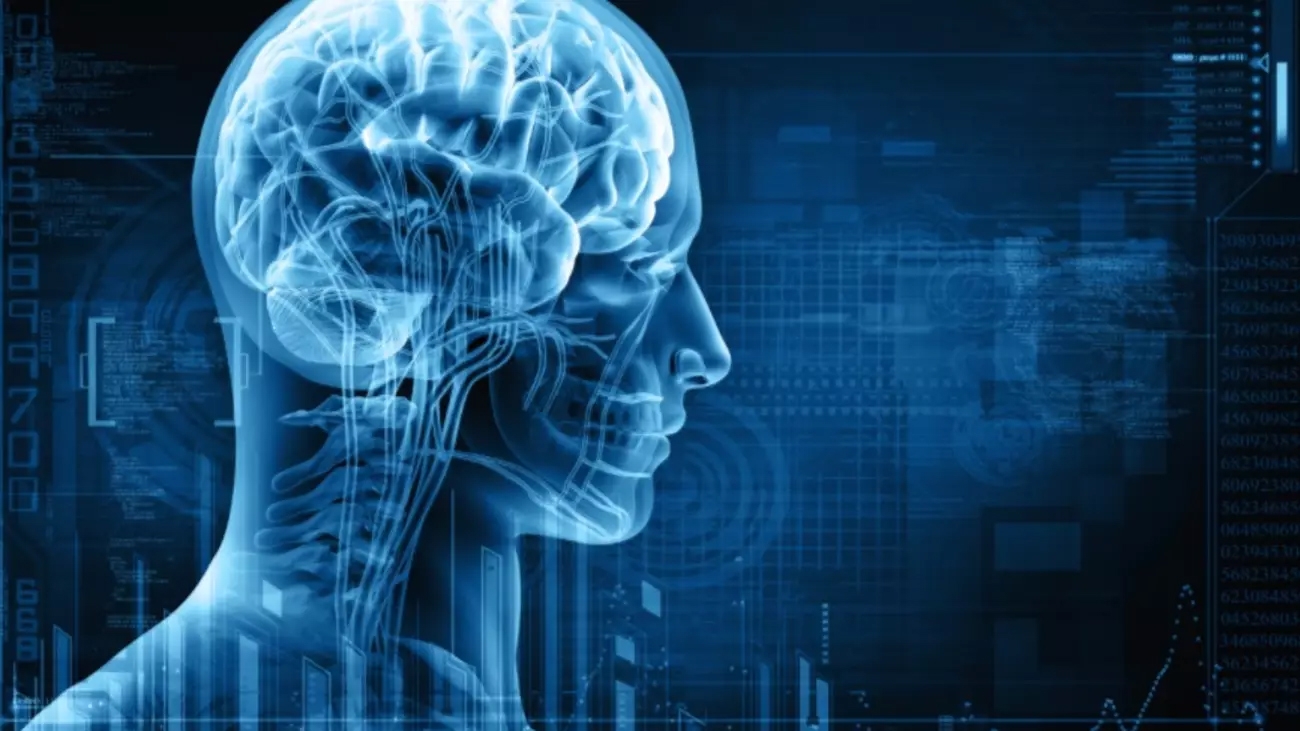
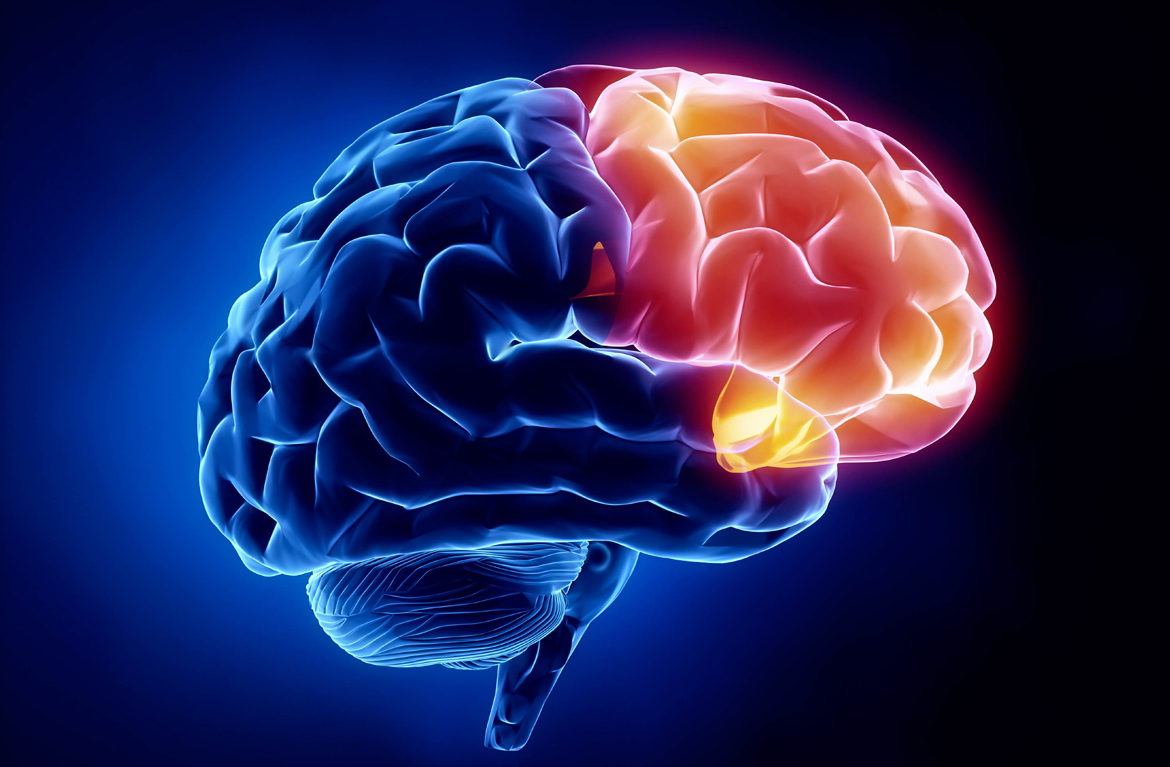
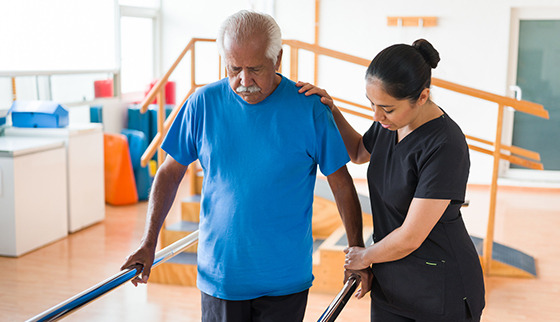
OBJECTIVE
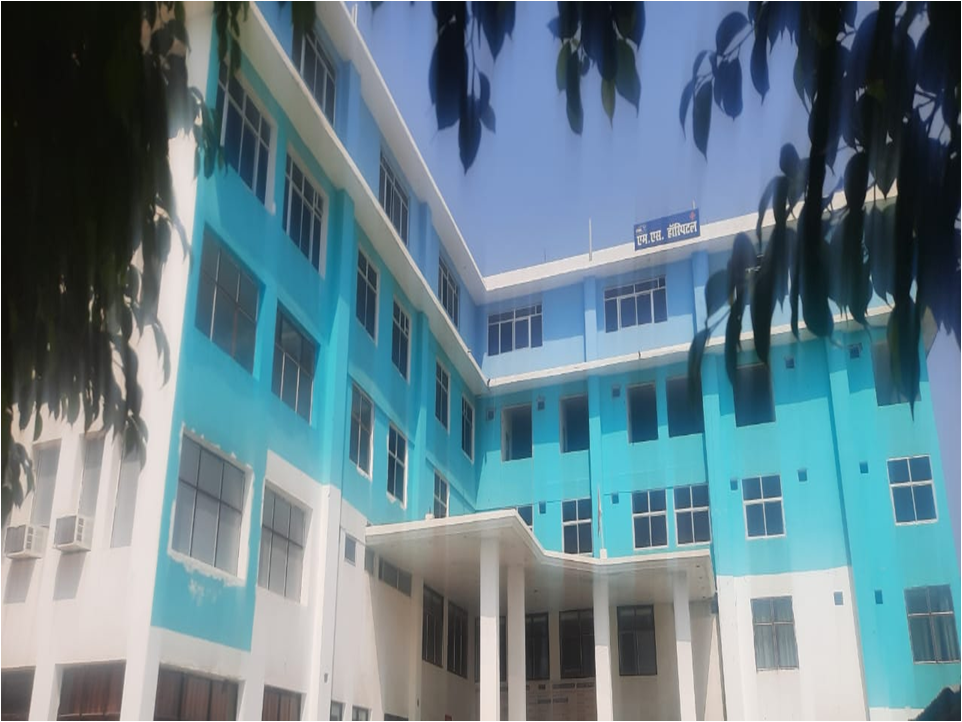 To provide standard Neurological Physiotherapy & rehabilitation facilities with world class equipments & highly professional specialized Physiotherapists in close association with our well trained medical team within hospital setup.
To provide standard Neurological Physiotherapy & rehabilitation facilities with world class equipments & highly professional specialized Physiotherapists in close association with our well trained medical team within hospital setup.
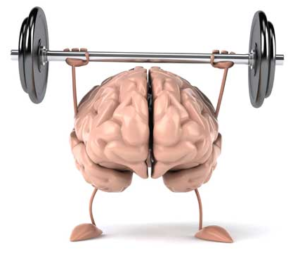
VISION
To be pioneers & leader in the field of Neurological Rehabilitation. Provide quality care to patients and evolve state-of-the-art approaches to patient care through clinical services, equipments and research, all under one roof.
CONCEPT
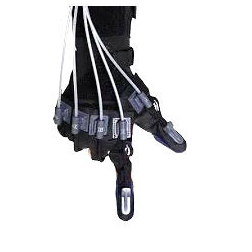
Hospital + Rehabilitation Center = NRC
INTRODUCTION : HOSPITAL
- When patients suffer a blood clot or urgent brain damage they are admitted to hospital as an emergency. During their stay at the hospital, they are medically unstable and bound to their beds. A period of hospitalization can last 4-6 weeks in the most difficult cases, and meanwhile the prior rehabilitation begins to avoid that patients develop irreversible damage while they are bedbound.
INTRODUCTION : NRC
- The patients are received in Neuro-rehabilitation after they are medically stabilized. They are hospitalized in a period between 3 days to 5 month. The purpose of the hospitalization is to restore a physical and cognitive ability that makes the patient able to recommence a life as close to normal as possible.
SPECIALIZED NRC FOR :
-
Stroke rehabilitation
-
Head injury rehabilitation
-
Spinal injury rehabilitation
-
Neurogenic bladder
-
Cerebral Palsy
-
Geriatric rehabilitation
-
Gait
-
Robotics
SUPPORTING SPECIALIZATIONS FOR NEUROREHABILITATION
Following are the supporting specializations for neurorehabilitation:
- Medical Care :- Team of Expertise provide routine health check up, medical care ,surgical interventions.
- Physiotherapy :The physiotherapists help in alleviating several physical difficulties or the physical disabilities in order to help someone getting back to work or to their sports or hobbies.
- Speech and language therapy :Speech and language therapists can facilitate the patients to work on several language disabilities. With this help, the patients can help in overcoming the issues regarding eating and swallowing if there is any muscle weakness in the throat.
- Occupational therapy :The occupational therapists can help in teaching the right strategies and improving a range of the abilities which help the patients in leading a normal day-to-day life once again.
- Vocational therapy :The vocational support workers can facilitate someone to reintegrate into the surrounding local community in order to normalize the social life of the concerned patient.
- Diet guide :The dieticians professionally help the patients with customized and effective diet plans and eating regimens. This helps the patients in recovering speedily and with more effectiveness.
SOME MAJOR TYPES OF NEUROREHABILITATION
- Neurorehabilitation can be implemented by a number of approaches and use a variety of effective techniques in order to produce a completely personalized plan that is focused as per the personal goals of the patient. These majorly include:
- Bobath approach :This is used for enhancing the functional movement. This procedure relies on practicing movement patterns and is executed step by step with facilitation received from the physiotherapists. These movement patterns are then repeated regularly in order to perfect each of the components.
- Brunnstrom approach :This technique is used for enhancing the functional movement. This particular approach uses the fair combinations of elicit muscular and effective movements.
- Carr and Shepherd approach :This approach is being used for enhancing the functional movement which involves the practicing of the functional movements as a whole. This particularly relies not only on the performing movements correctly but repeatedly rehearse them in order to achieve the desired goal.
- Gait re-education :This involves the identification and correction of the variations and the compensations seen during walking.
- Conductive education :This is a unique learning experience which specifically addresses a child in an organized way to help him or her becoming more independent.
- Transfer rehabilitation :This involves the development of the techniques which make the transfers that the concerned patient finds it difficult. These transfers are being practiced until the patient becomes completely confident regarding the movement.
- Mobility rehabilitation :Development of a way to get around safely and independently is the major motive of mobility rehabilitation. This also includes the several balance exercises which ensure that you are completely safe on your feet as possible.
- Contracture management :This involves the releasing of the tightened muscles. This may include splinting, tilt-tabling and casting.
- Equipment and adaptations assessment :A home visit to the patient’s house will allow the physiotherapists to identify the adaptations that would make the patient’s life easier.
- Acupuncture :This is an ancient technique which is still used for neurorehabilitation. This process involves the use of needles in the specific locations which helps in reducing the pain.
FACILITIES
-
Balance system
-
Rehab Treadmill
-
Manipulation table
-
Tilt table
-
Combination therapy
-
Rehab bike
-
Partial weight bearing system
-
Locomotion system
-
Gait & motion Lab
-
EMG feedback
-
Gym ball
-
Theraband
-
Arm bike
-
Leg bike
-
Free Walker
-
Advance Wheelchair
-
Walking simulator
